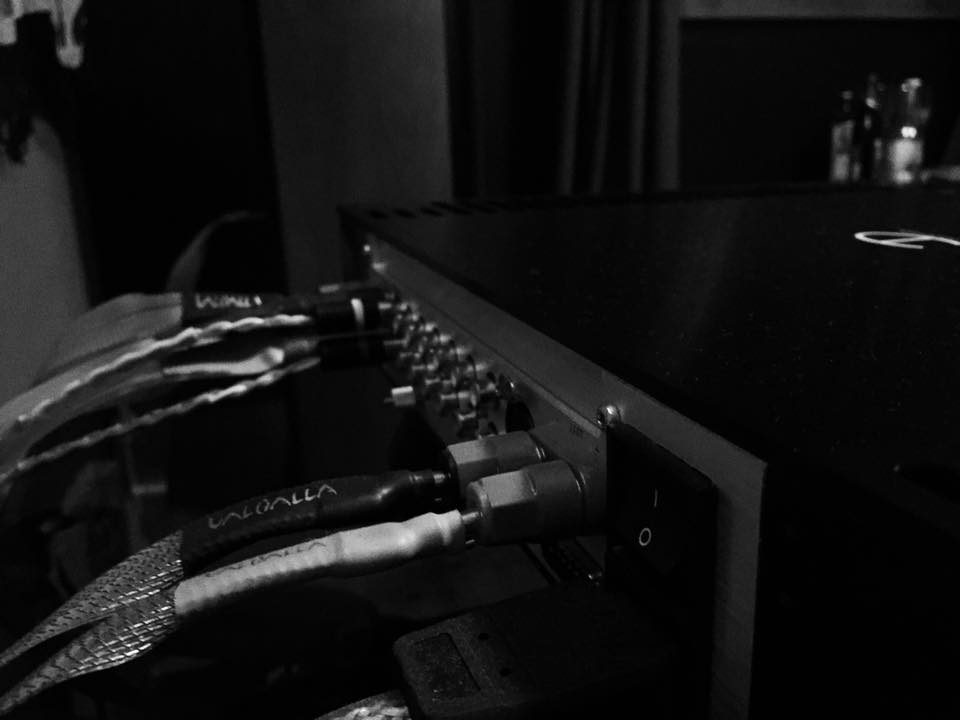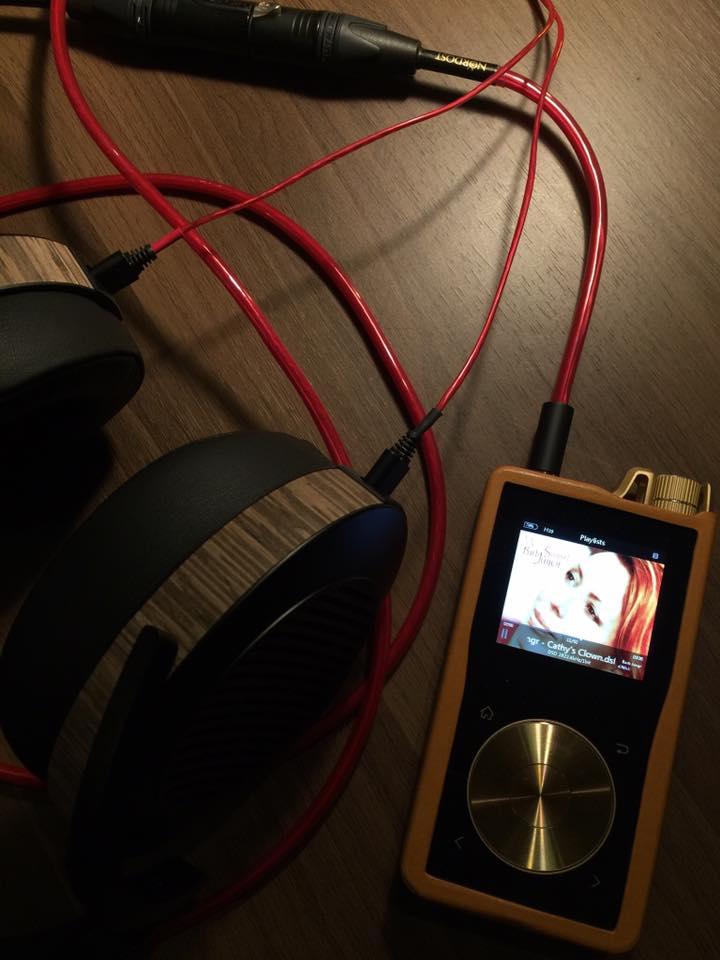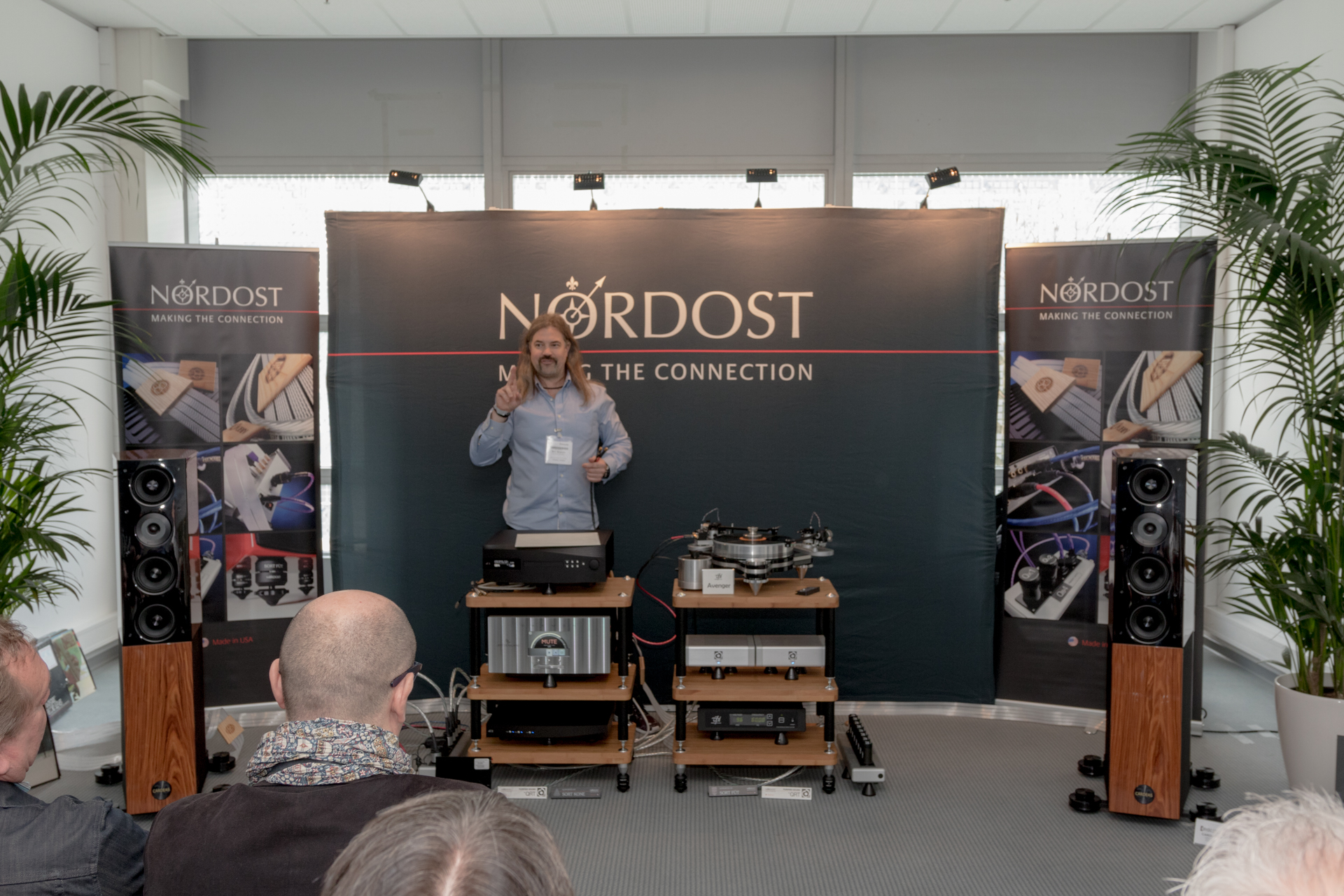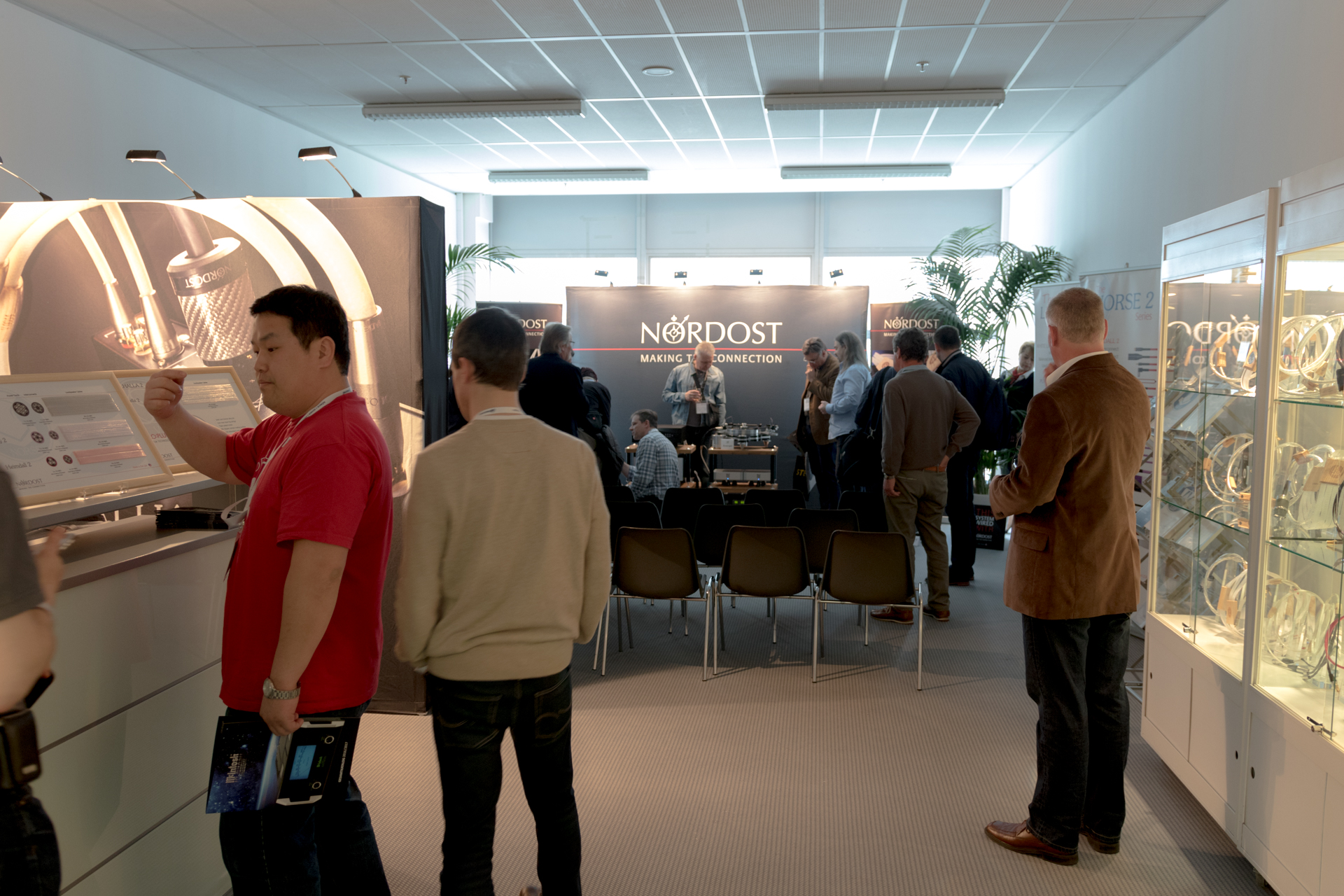Real music lovers can find the melody in everything. From the park to the concert hall, our friend Nelson Brill is always on the hunt for great sound.
In this blog, Brill gets a bit bluesy as he recounts the past two concerts he enjoyed at local concert hall, The Narrows, in Fall River, MA.
CHARLIE MUSSELWHITE AND WALTER TROUT: ROCKING THE BLUES THE RIGHTEOUS WAY
By Nelson Brill
APRIL 24, 2016

The late great B.B. King (no doubt still cradling his beloved guitar Lucille in some heavenly nightclub) would have been mighty proud of two recent concerts by two master slingers of the genre – harmonica and vocalist Charlie Musselwhite and guitarist and vocalist Walter Trout- as each delivered superb shows before sold-out audiences at The Narrows Center For The Arts (the “Narrows”) in Fall River, MA.

narrowscenter.org
The Narrows is a little gem of a concert venue worth checking out for live music. It boasts consistently great lineups (see www.narrowscenter.org) and a heartfelt community spirit. Its large space (located on the third floor of a former mill building overlooking Mt. Hope Bay) delivers great sound where vocals and instruments are heard with an alive and tactile quality while low bass and drum hits are resonant and full in its cavernous space. The volunteers who have run the Narrows since 1995 are music lovers who clearly adore their audiences. On April 15th, many of them gathered on stage to toast to the glory of the Narrow’s hosting of its 1,500th show (with plastic cups passed around to the audience for a rousing toast of champagne).

fanart.com
And, speaking of “glory,” it’s a term that also best describes the raw delivery of heat, passion and grit that blues legend Charlie Musslewhite brings to his rollicking blues night after night. For a treat, take a listen to Musselwhite in his earlier performing years, joined by a brash big band on his 1978 recording Times Getting’ Tougher Than Tough [Crystal Clear Records]. This record will demonstrate the magic of vinyl: lighting up your listening room with a capacious and tactile soundstage in which Musselwhite and his cohorts serve up jump blues on a big, bold and soulful platter.

At his Narrows show held on March 11th, Musslewhite arrived serenely, chatted with audience members and then pulled out his traveling suitcase (covered with Hells Angels and Clarksdale, MS. stickers) containing his assortment of harmonicas. Slowly and deftly, he pulled out the first chosen harmonica and began to wail on it, sounding like a propulsive steam locomotive pulling out of a station. After this first throb of harp, his young band (consisting of Matt Stubbs on guitar, June Core on drums and Steve Froberg on bass) hit the road running with their attack of roadhouse bluster that rambled into the high octane tune, “Long, Lean, Lanky Mama” taken from Musselwhite’s recently released live recording, I Ain’t Lying [CD Baby;charliemusselwhite.com].

The show highlighted the deft chemistry between the legendary Musselwhite and his gifted young partners. Stubbs displayed swashbuckling guitar energy all night, combining smooth melodic rolls with biting string bends. On the tune “300 Miles”, (also from I Ain’t Lying), he and Musslewhite combined for a duet that stretched out to the horizon with Musslewhite’s cavorting harp calls and Stubbs utilizing a reverb sound on his guitar to create a hollow sound (to his heated holds and blistering runs) that brought the capacity crowd to its feet.

Marilyn Stringer
Another highlight was the band’s brash rendition of the Elmore James number, “Done Somebody Wrong,” in which Musslewhite moved from the lowest registers of his harp to its highest pinched peaks. Stubbs obliged by taking an ardent guitar solo built upon repeated phrases and a rhythm guitar swagger – all ending in a huge crescendo of jagged chords and distortion. All of this great drama was propelled by the dynamic attack of bass and drums as Core and Froberg held down a tenacious boogie foundation underneath.
Musslewhite and his young compatriots not only brought swagger and sway, but they also could bring forth the tender and the breezy as well. These tunes highlighted how Musslewhite’s vocals still possess, (after many years of his performances on the road), an ardent and expressive quality. On the breezy sway and country feel of “Long Legged Woman,” Musselwhite’s vocals went deep and searching in duet with his harp as he brushed his lips softly against its shiny surface and breathed languidly to create a gentle wisp of soaring sounds.

thebluesmobile.com
This same shimmy and breeze continued into a wild ride on “My Kinda Gal” (also taken from I Ain’t Lyin) that had Core furiously plying his wood rims. Against this clamor of wood hits, Musslewhite’s crisp harp dueled with Froberg’s bass in a slippery groove. The crowd stood and urged on this duel of two musicians at play (in the fields of the blues) until the last piquant squeal was sent soaring from Musselwhite’s expressive harp.

theseasonsyakima.com
A few weeks later, on April 15th, another master (this time of the Telecaster) took to the stage at the Narrows and (before an ecstatic sold-out audience) delivered a concert of such protean magnitude that there was no doubt that he remains one of the most fiery, expressive and dynamic blues guitarists on the planet today. Walter Trout is a miracle: he has survived near-death from liver disease (he was only saved by an anonymous gift of a liver transplant after waiting seven months in a hospital – he urged everyone at his concert to register as organ donors at www.donatelife.net) and his guitar artistry is as hard-won, genuine and rocking as you will ever hear.

I believe his tour de force is his 2013 tribute recording to another Master of the Blues, Luther Allison, entitled Luther’s Blues [Provogue Records; www.waltertrout.com]. This is a seminal recording and a masterpiece, from its blazing guitar rifts to its stunning emotional delivery. Trout takes inspiration from Luther Allison’s own genius (heard on such rocking and raw vinyl releases as Allison’s 1969 album, Love Me Mama on the legendary Chicago Delmark label) and soars into blues and rock heaven on every cut.

Just take a listen to “When Luther Played The Blues” or “Low Down and Dirty” (with Luther’s brother, Bernard Allison on spidery slide guitar) and you will be transported to a world of pure heartfelt soulfulness where Trout’s guitar and voice meld into one perfectly dignified blues rocker of volcanic power. Luther’s Blues is a recording for the ages and a must have for anyone’s vinyl or CD collection struck with the glorious blues fever.
At his April 15th show at the Narrows, Trout brought all of the volcanic power that he displays on Luther’s Blues to deliver a magnificent molten performance. Accompanied by his ardent trio (Michael Leisure on drums, Johnny Griparic on bass and Sammy Avila on Hammond B-3- aided at times by his two sons on guitar and vocals), Trout ripped into Allison’s “I’m Back” (a great salute to his own recovery) and “Move From The Hood” with a passion that was tenacious. He hit the stage pounding on his guitar, with his MESA/Boogie amplifier turned up to bone-rattling volume, pelting unfurled curls of high notes in blasting fun. There was simply no stopping Trout and the creative kinetically charged heat radiating from his guitar all night long.

youtube.com
Trout sang with glee and fervor, his vocals gritty and soulful. His intense high calls on Allison’s “Cherry Red Wine” or the classic “Rock Me Baby” mixed with his resolute treble guitar holds in a full throttle assault that sent the capacity crowd into a frenzy of applause. He also ensnared slow blues in a dazzling display of creativity and soul. On Allison’s “Big City” his slow guitar work was ferocious and poignant. This searing indictment of poverty, racism and police violence took on a huge swath of energy in Trout’s Hendrix-like spread of long held guitar chords and big voluminous holds that spanned everything from violent shrieks to soulful wails. On another slow gem, “Cold, Cold, Ground” (taken from Trout’s latest release Battle Scars[Provogue Records], Trout focused his intoxicating guitar on two piercing repeating notes – one high and one low – seesawing between them to develop a combination of guitar sting and sway that was a consummate synthesis of hot and cold in this slow brewing ramble.
Trout’s companions also picked up on this glorious and ferocious energy and partnered with Trout step by step through the gnash and grit of his wondrous rocking world. Michael Leisure on the drum kit was a powerful presence throughout, marking his time with punctual huge cymbal and snare hits and waiting to erupt on his drum solos (when given the moment’s opportunity) with a locomotive piston-like ferociousness.

Elmoremagazine.com
Sammy Avila’s B-3 added beautiful sheets of color with his long held burbling organ chords interwoven with Trout’s riveting solos. On a tune announced by Trout to be simply an “A-minor blues tune” Avila took off on a scampering organ solo hurling out notes at a breakneck speed with big flourishes of pungent organ holds.

nga.cha
If there was a pinnacle highlight of the night, it had to be Trout and his band’s tribute to B.B. King entitled “Say Goodbye To The King.” Before launching into this piece, Trout recounted how he had met King in a chance encounter at a store in New Jersey where Trout was working as a young man. As a result of this long conversation with King at this early time in his career, Trout was inspired to perfect his craft. In playing this tribute to the King at the Narrows, Trout wore his heart on his (guitar) sleeve. He commenced the piece as a slow brewing ballad with soft caresses in his guitar’s highest registers (next to the shifting lines of Johnny Griparic’s expressive bass). From this epicenter of low dusky vocals and slowly twisting guitar lines, Trout built to a crescendo of mammoth design with scorching high guitar notes and huge major chords held in a fury of positive energy (until the last note and drum whack was punctuated). In the end, Trout’s expression on his face showed that he was clearly overwhelmed with emotion in this final moment as he basked in the glow of his mentor’s inspiration and in the simple joy of being alive playing the blues he loves.

bluesmagazine.com
If you would like to read more reviews like this one, visit Nelson’s blog at www.bostonconcertreviews.com.

































